Your Ultimate Guide to Tire Speed Ratings
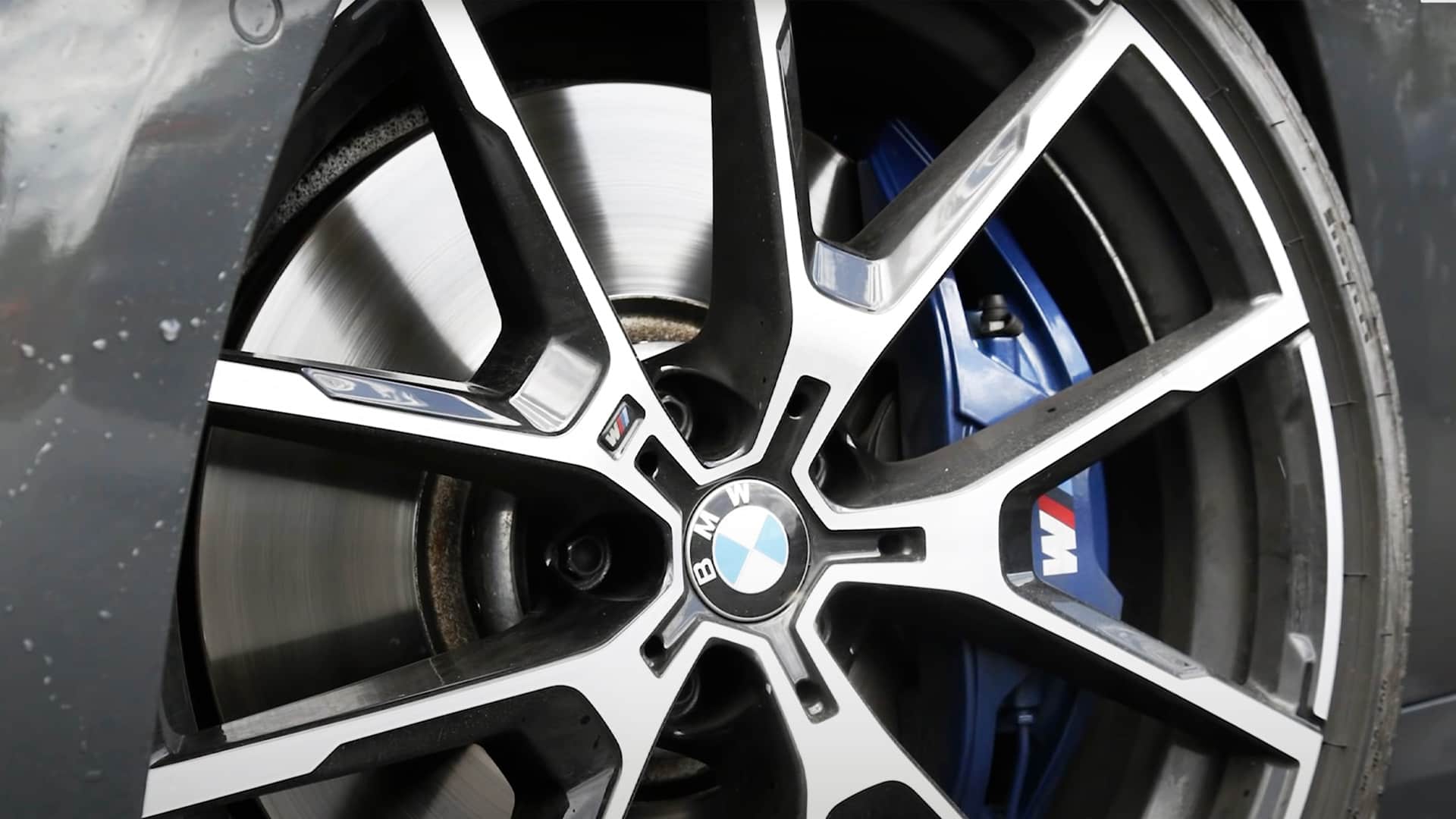
If you’re on the hunt for new tires for your car, truck, or SUV, there’s quite a few things to think about. One of the big ones is the speed rating for your tires. With so many ratings and types of tires out there, it can be tough to know which one to choose. That’s why we put together this guide and make things a little bit easier for you.
What Are Tire Speed Ratings?
Every tire comes with a speed rating. This rating tells you the fastest a tire can go and still work like it’s supposed to. It’s sort of like their speed limit.
As such, the higher the rating, the greater handling, and control they offer at increased speeds. If you push your tires beyond the speed rating limit, they might not work as well as they should.
Speed rating standards are marked with letters from A to Z, which go from 3 mph (5 km/h) up to an insane 186 mph (300 km/h)!
As a general rule, the higher in the alphabet a tire is rated, the better it will manage heat and faster speeds. So, for instance, if you have an “L” rated tire, it’ll max out at a lower speed than an “N” rated one.
Interesting Facts About Tire Speed Ratings
It’s worth noting that there’s are some oddities in the system:
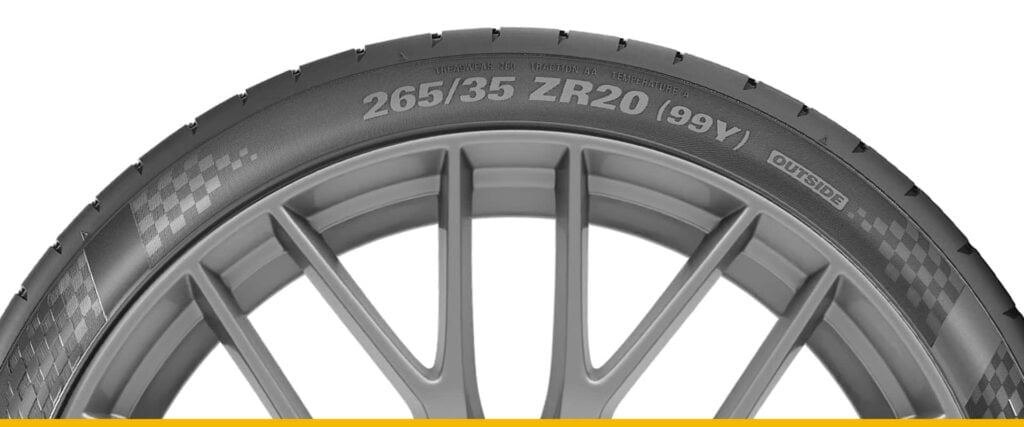
How Are Speed Ratings Determined?
When tire manufacturers design a new tire model, they use a special machine to test how fast it can go and how much heat it can handle.
To make sure these tires meet the standards set by the Economic Commission for Europe (ECE), they use a scale that measures speed in kilometers per hour (km/h). If they want to exceed expectations, some brands will also undergo an even tougher test created by the Society of Automotive Engineers (SAE).
To pass the ECE exam, the testers inflate the tire properly and attach it to a wheel on a special machine in a room heated to 77º F. They then push this wheel against what’s called a metal drum with enough force to simulate real driving conditions.
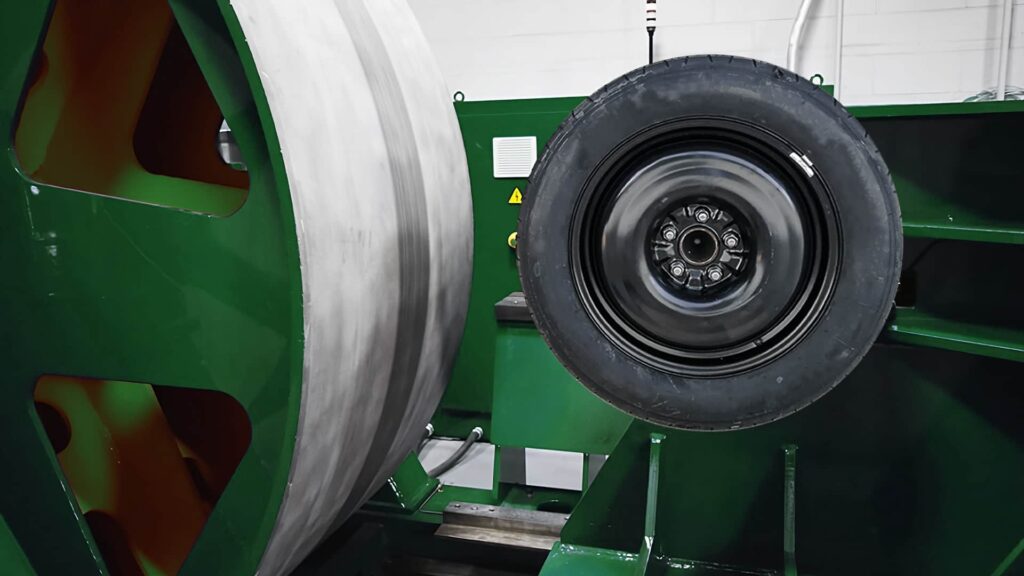
Starting lower than the expected target speed by 40 km/h, they spin the tire faster and faster for ten-minute segments until it hits top speed. The tire will continue spinning at this velocity for another ten minutes before being taken off and given a quick check-over for any serious issues like tread separation. As long as everything looks good, this means that particular model is safe to use at its designated speeds.
Finally yet importantly, if we’re talking about SAE standards specifically, those tires must cope with one hour at target speed while enduring temperatures up to 100 degrees Fahrenheit!
It’s worth bearing in mind that no laboratory test can replicate every possible real driving condition. As such, your tire’s speed rating has to be seen as an approximation of what it can do under lab-controlled situations (e.g., proper inflation level, good weather conditions, well-adjusted vehicle).
Your tires might perform worse than the rated speed due to factors such as air pressure level, wear and tear, vehicle condition (including alignment), usual driving conditions or how long the car is kept up at high speeds.
Tire Speed Rating Tradeoff
“Why can’t all tires be designed with the highest (Y) speed rating?” This question often lingers when looking for new tires. In reality, when engineering a tire, it’s all about making tradeoffs between different characteristics.
For example, phone designers could probably make a phone that doesn’t need charging for an entire week, but an ultra-long battery life may result in a very bulky and hard-to-carry phone.
Similar tradeoff battles concern tire design too. Simply put: higher speeds generate more heat which wears out tires quicker and causes them to fail. And that’s the reason why tires with a high speed rating should have a stiffer construction through specific components and a lower tread depth to achieve better heat dissipation.
And this modifications come at a cost; the stiffer constructions of high speed tires lead to greater wear, reduced thread life as well as well as decreased stability on uneven surfaces like snow or gravel.
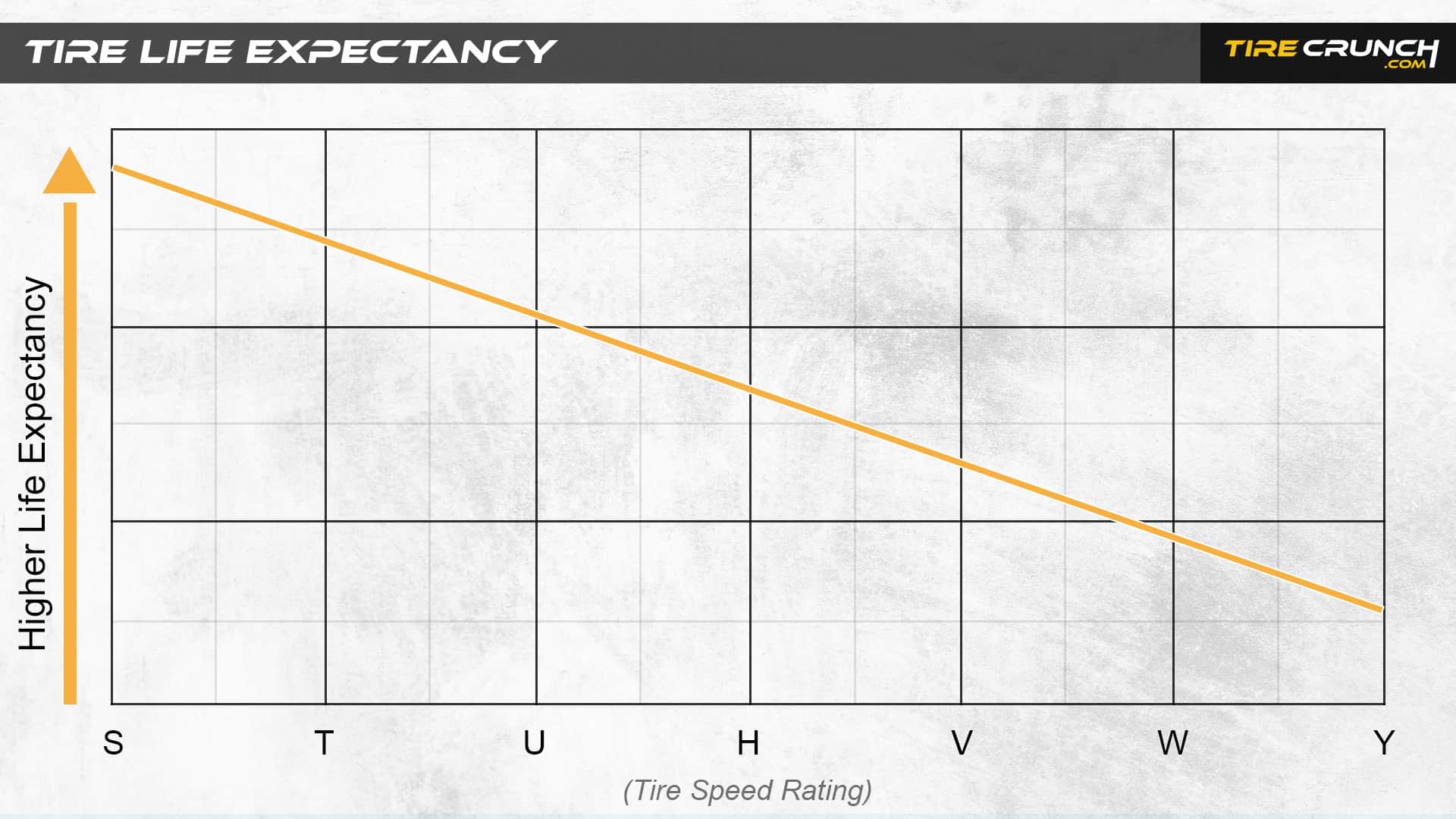
the Most Common Tire Speed Ratings
– Speed Rating T
The “T” speed rating is usually recommended for family sedans and minivans and their maximum speed capabilities fall within the range of 118 mph (190 kph) or lower.
– Speed Rating H
The “H” speed rating indicates a maximum speed of 130 mph (210 kph).
– Speed Rating V
The “V” speed rating is among the highest speed ratings a tire can get and indicates a maximum speed of 149 mph (240 kph).
– Speed Rating W
The “W” speed rating has recently become part of the tire speed chart and indicates a maximum speed capacity of 168 mph (270 kph) and. This tire variant is mostly suitable for sports cars.
Tire Speed Rating Chart
| Symbol Speed | Speed (mph) |
| A1 | 3 |
| A2 | 6 |
| A3 | 9 |
| A4 | 12 |
| A5 | 16 |
| A6 | 19 |
| A8 | 25 |
| B | 31 |
| C | 37 |
| D | 40 |
| E | 43 |
| Symbol Speed | Speed (mph) |
| F | 50 |
| G | 56 |
| E | 43 |
| F | 50 |
| G | 56 |
| J | 62 |
| K | 68 |
| L | 75 |
| M | 81 |
| N | 87 |
| P | 94 |
| Symbol Speed | Speed (mph) |
| Q | 100 |
| R | 106 |
| S | 112 |
| T | 118 |
| U | 124 |
| H | 130 |
| V | 149 |
| W | 168 |
| Y | 186 |
Is It Allowed To Mix Different Speed Ratings?
While it’s hardly advisable to mix different speed ratings, some folks may choose to mount tires with different speed ratings on their vehicles.
If this does occur, then the lower-rated tires are best placed in the front axle regardless of which axle is driven. This helps avoid a potential oversteer situation. However, be aware that the handling qualities of your vehicle might change and overall performance can also be affected because now the car’s speed capacity is limited by those lowest-rated tires on its wheels.
For utmost performance capability, it’s still wise to use identical types and sizes of tires for all four wheel positions if at all possible.
How to Find Your Tire Speed Rating
If you’re wondering what is the recommended tire speed rating for your vehicle, there are a few places to check. You could begin with the manual or driver’s side door jamb which may display information on specifications such as tire code for your particular model. Likewise, this info might be found inside your fuel tank hatch or glove box door.
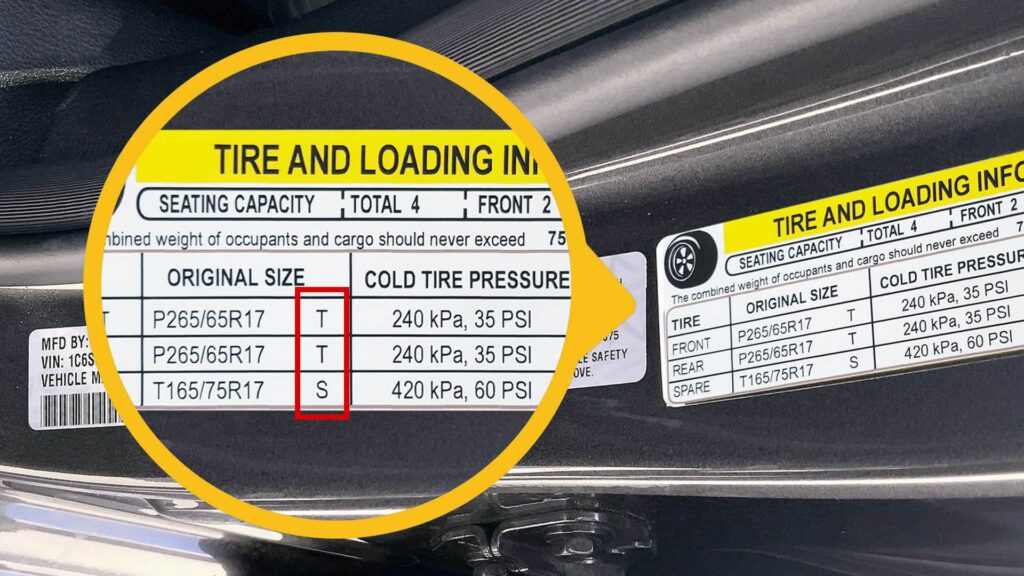
If you’d like to check the speed rating of the tires installed on your car, located the size of the tire on the sidewall. The speed rating is placed at the end of the character sequence within a tire’s size code; V is an example in this format: “P215/45R17 87V.”
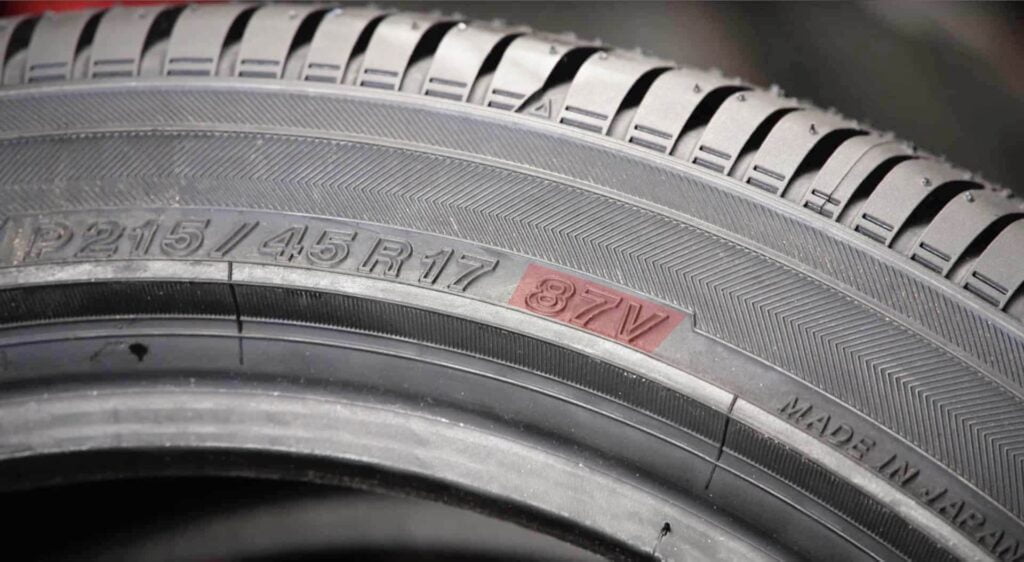
It’s worth mentioning that speed ratings may not apply to tires that have been repaired.
A Few Tips About Speed Ratings
To sum up, here are some helpful tips regarding tire speed ratings:
Final Thoughts
In conclusion, having a better understanding of tire speed ratings as a customer can help inform decision-making but doesn’t independently dictate the overall quality, capability or handling-specific features one tire may possess relative to others. This is influenced by various specific design & constructtion aspects and other factors that the buyer should be consultative with when making his or her tyre purchase.
Although it’s possible that many high-speed tiers may offer increased levels of handling/grip/durability, explicitly possessing a Y-speed rating does not signify unquestionably superior performance compared to any other tire speed rating markings.
FAQs
What is a Z Rating?
A Z rating may be included in the tire size designation for tires capable of reaching speeds beyond 149 mph, and it must appear in sizes that can go over 186 mph, accompanied by a Y speed symbol in brackets.
What is H or V rating on tires?
The primary difference between H-rated and V-rated tires is their maximum operating speeds under ideal conditions. An H-rated tire can reach a top pace of roughly 130 mph, while a V-rated tire’s highest velocity is slightly above 149 mph.
Do H or V rated tires last longer?
H-rated tires are prone to wear out quicker than S- or T-rated tires based on Consumer Report’s treadwear test. The average lifespan of an H-rated tire is around 49,180 miles, while an S- or T-rated tire lasts around 61,080 miles. Meanwhile, V-rated tires have even shorter tread life, only about 48,260 miles.
Can I mix H and V rated tyres?
No, it is not advisable to mix H and V rated tires. Mixing tires with different speed ratings can affect the handling and stability of the vehicle. It is recommended to use tires that have the same speed rating on all four wheels for optimum performance and safety.
Is a higher speed rating better?
Not necessarily. A higher speed rating doesn’t necessarily mean the tire is better for every situation. The speed rating determines the maximum speed that a tire can safely handle, but other factors such as traction, durability, and handling characteristics are also important when choosing a tire.
It’s important to choose a tire with an appropriate speed rating for your vehicle, but it’s also important to consider your driving needs and habits. If you don’t regularly need to drive at high speeds, choosing a lower speed rated tire may be more appropriate and cost-effective. On the other hand, if you frequently drive at high speeds, choosing a higher speed rated tire may provide more peace of mind and safety on the road.
